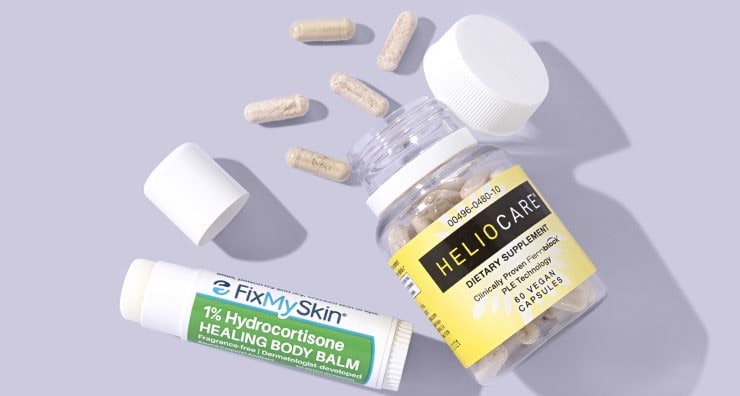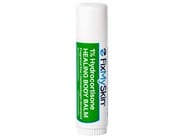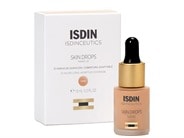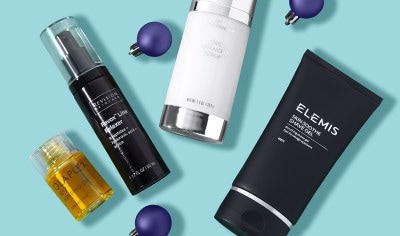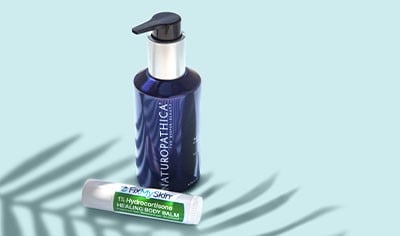If you’ve started to notice white or light-colored spots on your skin, one possible cause is vitiligo. About 1 in 100 people worldwide have vitiligo, and it can range in severity from a small patch of light skin to more widespread loss of skin color all over your face and body.
With the help of Drs. Joel and Daniel Schlessinger of Schlessinger MD, we’ll help you better understand potential vitiligo treatments and what exactly is happening below the skin’s surface when you start to notice visible symptoms. Follow along as we answer some common questions, including:
Vitiligo is a non-contagious autoimmune disease that causes your skin to lose its natural color, which dermatologists call pigmentation. This happens when your immune system attacks melanocytes, which are the cells in your body that make melanin, or pigment.
The more melanin your skin has, the darker it looks in color. The less melanin it has, the lighter it looks. With vitiligo, the areas of skin that have lost pigmentation can look white, peach or light pink.
Though vitiligo can be more noticeable on people with darker skin, it is an autoimmune disease that equally affects people of all skin colors. Vitiligo can affect the pigment in not just your skin but also your lips, hair, eyelashes, eyebrows and eyes—even the mucous membranes inside your mouth and nose.
“Vitiligo usually starts as a few white or light-colored patches on the skin,” says Dr. Joel Schlessinger, LovelySkin CEO and board-certified dermatologist, Mohs surgeon and cosmetic surgeon. “It can affect a very small area on the body or become more widespread over time. Vitiligo can absolutely affect a patient’s quality of life and self-esteem. We have worked recently on some great new treatments for this condition such as topical Janus kinase (JAK) inhibitors and oral medications that seem to work fairly well. While nothing is great, these are a real gamechanger.”
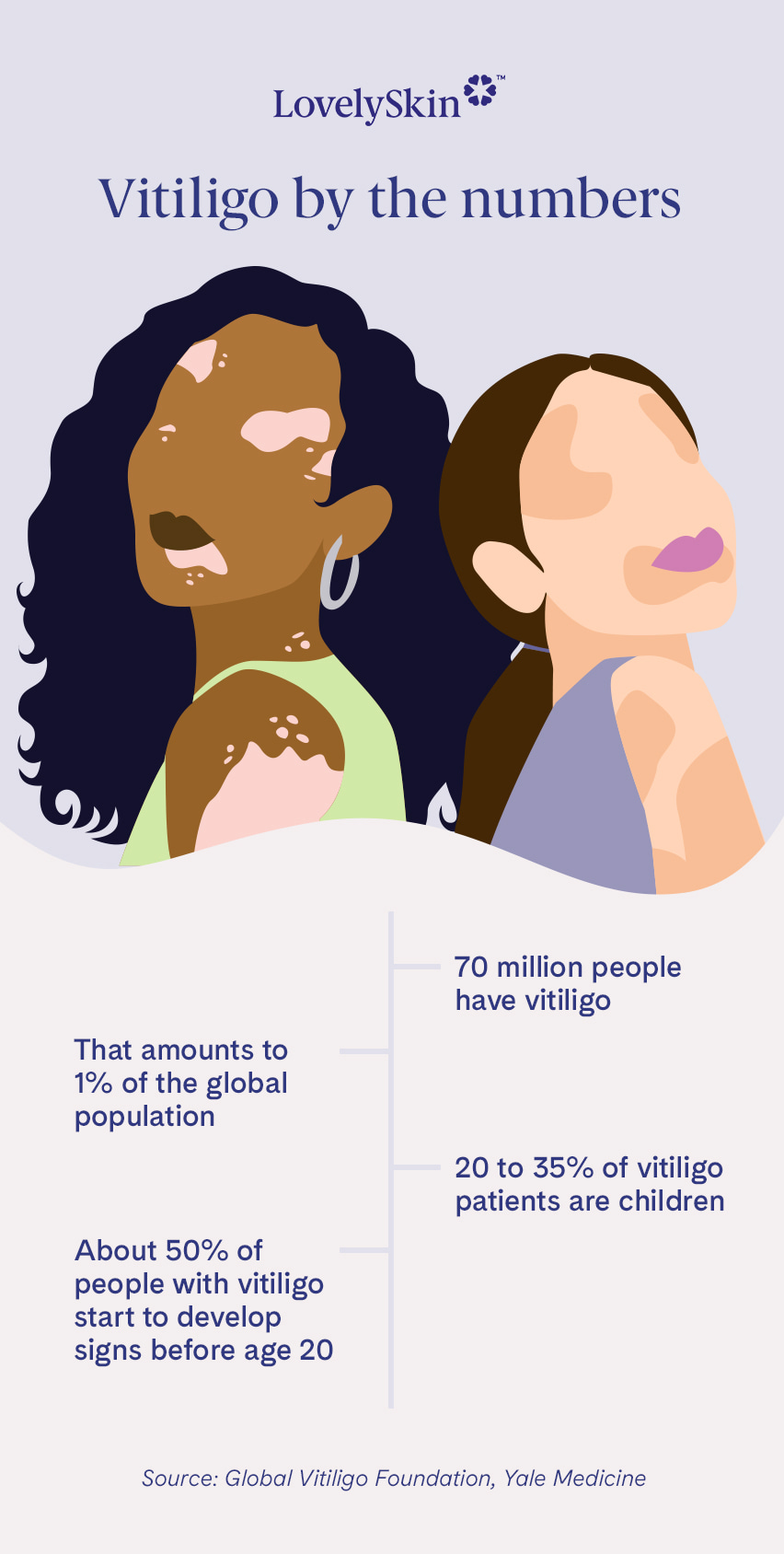
If you’ve started to notice white or light-colored patches on your skin, you can make an appointment to see a board-certified dermatologist to determine whether or not they may be a result of vitiligo. To make a diagnosis, a dermatologist will examine your skin using a Wood’s lamp, which emits specialized wavelengths of ultraviolet light to help identify conditions on your skin and scalp.
Because vitiligo is an autoimmune disease, your dermatologist might also recommend that you see other medical specialists, such as an endocrinologist or rheumatologist, or undergo hormone testing or bloodwork.
“There may be a link between vitiligo and other autoimmune diseases such as thyroid disorders, type 1 diabetes, alopecia and rheumatoid arthritis,” says Dr. Daniel Schlessinger, board-certified dermatologist as well as Mohs surgeon and cosmetic surgeon. “Having one autoimmune issue does seem to raise the risk of having another.”
Is vitiligo genetic? This is one of the most frequently asked questions when it comes to what causes vitiligo. Though the medical community doesn’t know for certain what causes the condition, it can run in families. According to the Vitiligo Society, about 30% of people with vitiligo have a family history of the disease.
Topical corticosteroids such as hydrocortisone or a new topical JAK inhibitor, Opzelura, might be the first course of vitiligo treatment that your dermatologist recommends. “This might be something we start with for a patient who has just recently started showing symptoms, but if the condition is significant, we generally move toward oral JAK-inhibitors, which seem to do very well for widespread vitiligo,” Dr. Daniel Schlessinger says.
Created by Drs. Daniel and Joel Schlessinger, FixMySkin 1% Hydrocortisone Healing Balm is an over-the-counter medicated balm that combines 1% hydrocortisone with cocoa and shea butters. Hydrocortisone is also available in higher percentages by prescription.
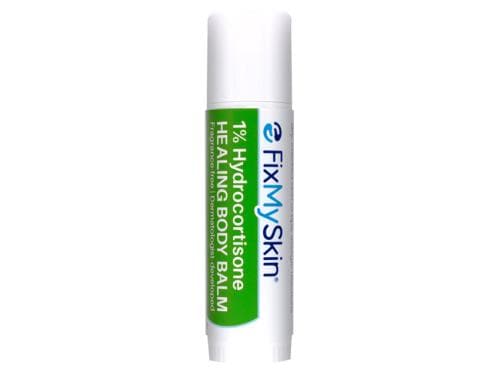
Schlessinger MD also participated in trials to assess the effectiveness of JAK inhibitors on vitiligo symptoms. “A JAK inhibitor works in your body by blocking the signals that cause inflammation, which in theory gives your immune system a chance to relax a bit and allow pigment to return to your skin,” says Dr. Joel Schlessinger.
In 2021, the FDA approved ruxolitinib, a topical JAK inhibitor, to treat non-segmental vitiligo (white patches that appear on both sides of the body) by restoring lost color to skin (called repigmentation). Ruxolitinib is a prescription medication with the brand name Opzelura. In a 24-week trial, 30% of patients experienced a 75% or greater repigmentation of the skin on their face. On the body, 20% of patients had 75% or more repigmentation.
“There are some very minor side effects to consider, such as headache, nausea and more, but this is quite rare and mostly happens with the oral versions,” Dr. Joel Schlessinger says. “Cost can also be a factor for patients because some insurance companies consider it a cosmetic treatment and not a medical necessity and therefore don’t cover it and it can run into the thousands of dollars a month for treatment.”
Depending how much of your skin and what parts of the body are affected, your dermatologist might recommend in-office vitiligo treatments such as light therapy or laser therapy. “With the availability of JAK inhibitors, we are moving away from using light therapy for vitiligo,” Dr. Joel Schlessinger says.
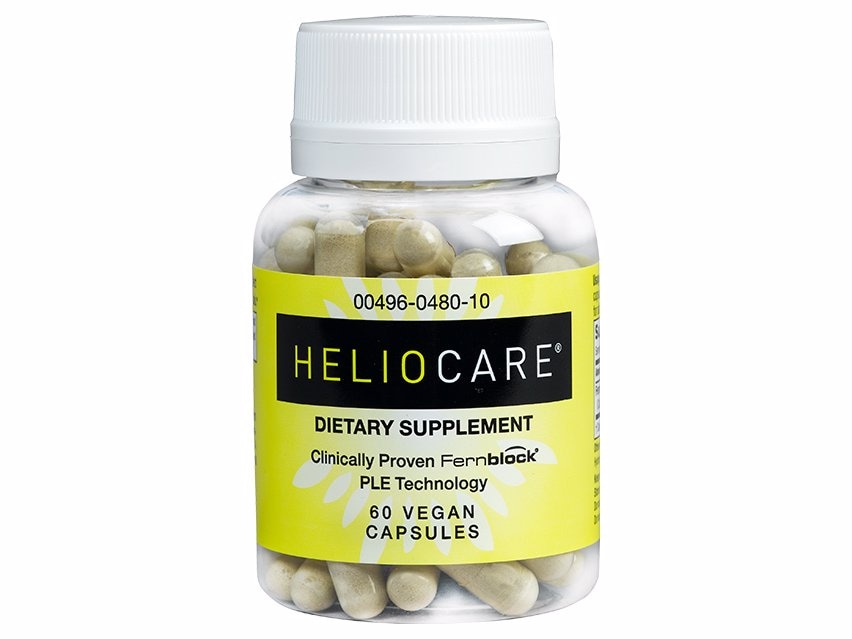
Dr. Joel Schlessinger also recommends HELIOCARE Antioxidant Supplements for his patients with vitiligo. “HELIOCARE supplements contain Polypodium leucotomos, a tropical fern with photoprotective and antioxidant properties,” he says. “Studies have shown a higher rate of skin repigmentation in vitiligo patients who took the supplements in combination with in-office light treatment. I recommend that my vitiligo patients take two standard HELIOCARE supplements a day.”
If you choose to conceal white patches on your skin, there is no shortage of options when it comes to full-coverage foundation, concealers and setting sprays and powders for long-lasting wear.
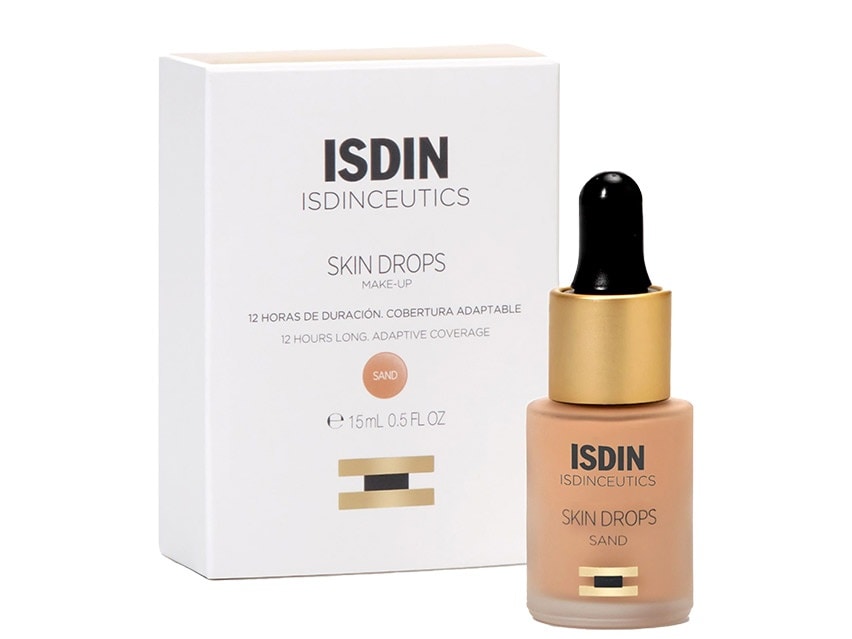
For light to medium skin tones, ISDIN Skin Drops Full Coverage Lightweight Liquid Foundation is a full-coverage liquid foundation with highly concentrated pigment and a matte finish. It only takes a few drops to cover skin variations, and it also works well to camouflage bruising, scars, tattoos and other skin discoloration.
Over the years, beauty brand Dermablend has helped support vitiligo awareness by celebrating World Vitiligo Day and featuring models and customers with vitiligo in its social media campaigns.
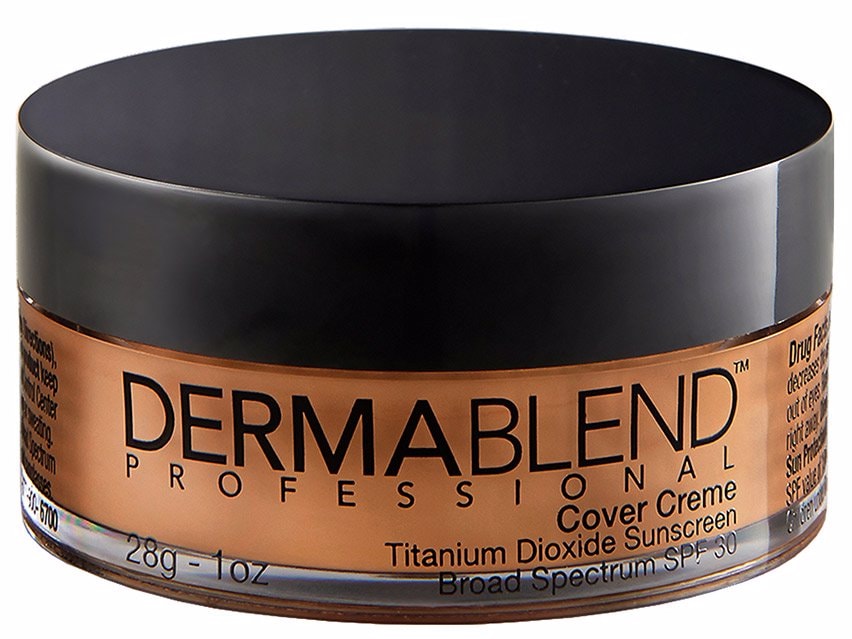
The brand’s most popular option for concealing uneven skin tone on the face is Dermablend Professional Cover Creme SPF 30, a full-coverage cream foundation made with high-performance pigments that lasts for up to sixteen hours when paired with Dermablend Loose Setting Powder. It comes in a wide range of shades, so you can find just the right match for your skin tone.
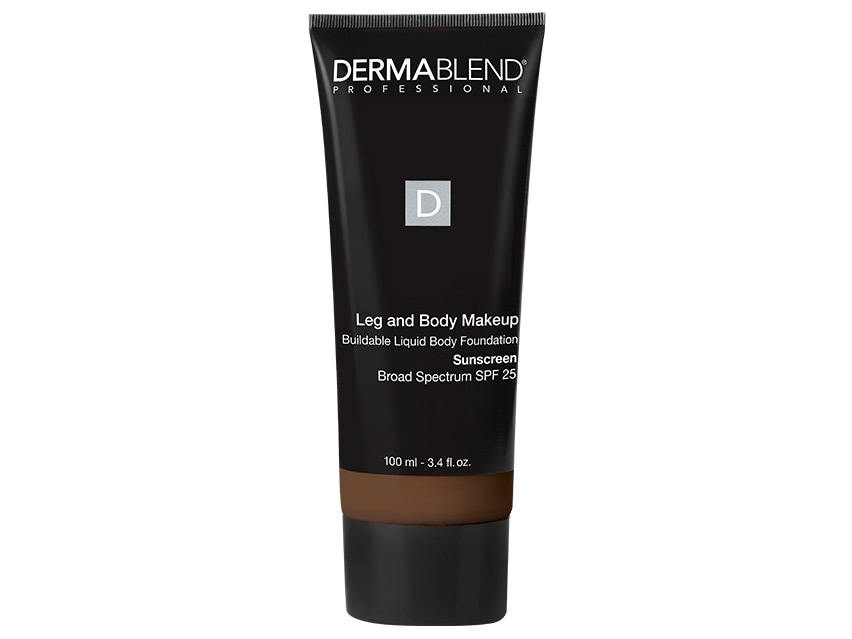
If you’re looking for a way to cover up white spots from vitiligo on the body, consider Dermablend Leg and Body Makeup SPF 25. It combines highly pigmented coverage with broad-spectrum UV protection thanks to 3.2% octisalate and 6% octocrylene, two chemical sunscreen filters. Pairing this body makeup for vitiligo with a generous dusting of Dermablend Loose Setting Powder will help make sure your coverage remains smudge-resistant throughout the day.
You can also go au naturale or use makeup to enhance the differences in your skin tone rather than try to conceal them. One of the most vocal supporters for vitiligo acceptance and representation is Canadian model Winnie Harlow, who was diagnosed with vitiligo at age four.
On her social media channels and in modeling campaigns, Harlow shows off her natural skin tone and chooses not to cover up the light patches on her skin. “The most liberating thing is being able to just simply be myself and show the fashion industry that beauty can come in many forms,” Harlow said in an interview.
Vitiligo is just one cause of white spots or patches on the skin. Other causes might include reverse freckles, whiteheads, milia or eczema, and you can learn more about these skin conditions on the LovelySkin Blog.


